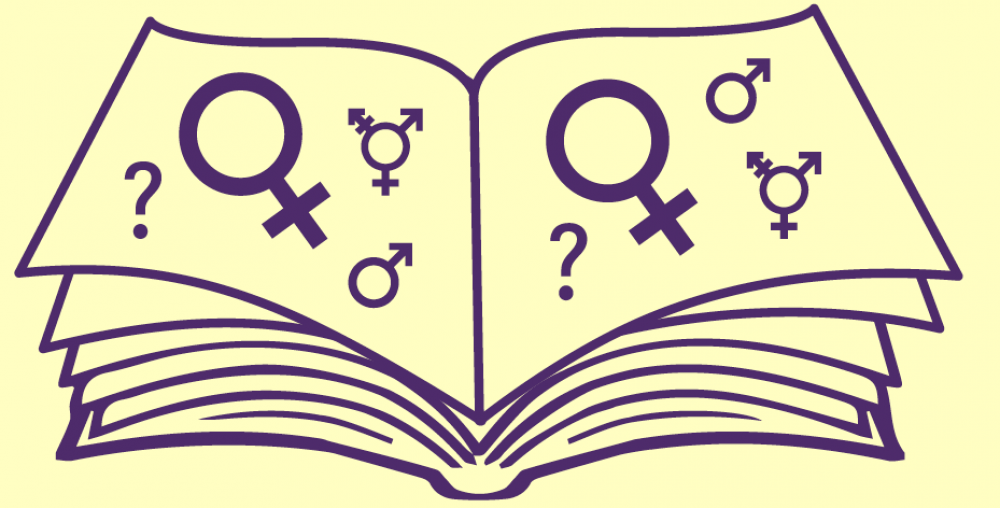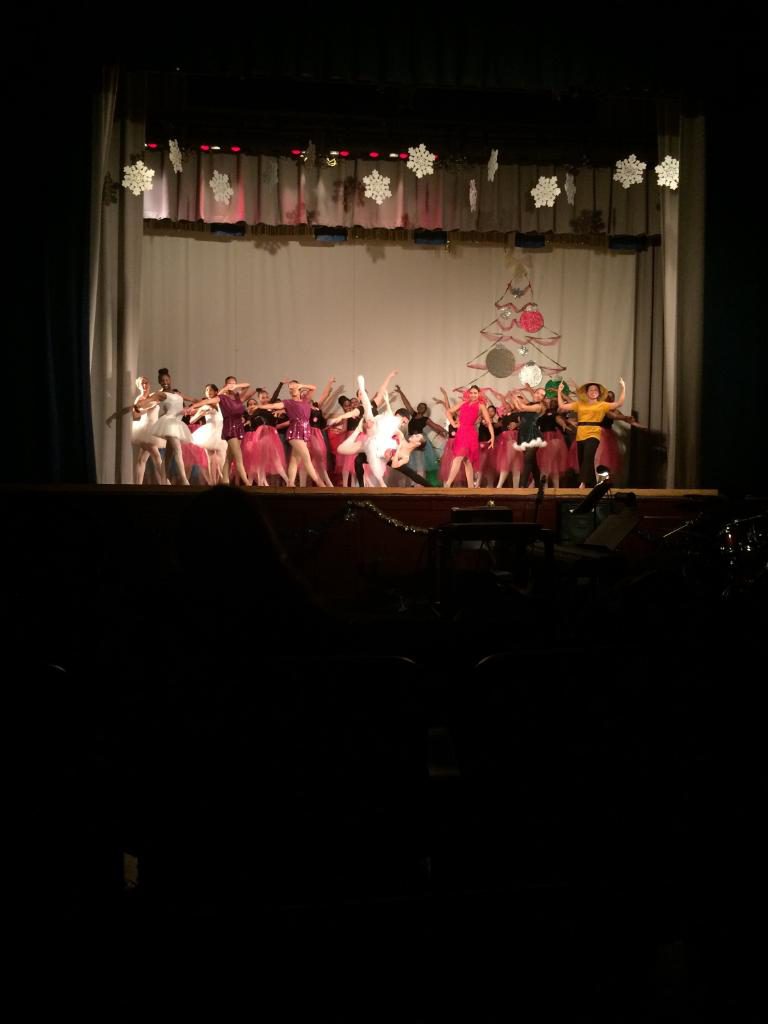The National Campaign to Prevent Teen and Unplanned Pregnancy
Area of focus: Preventing teen pregnancy and unplanned pregnancy can improve many social problems including poverty, child abuse and neglect, father-absence, unhealthy babies, school failure and poor preparation for the workforce. This organization wants to improve the lives and futures of many children and families. They have many projects to help support this cause like the Birth Control Initiative, a day where people widely were thanking birth control. Another project is having presentations and lessons in colleges to inform students about their purpose and cause. Many more projects are available on the website.
Location: 1776 Massachusetts Ave, NW Suite 200 Washington, DC 20036
Phone number: Main: 202.478.8500
Fax: 202.478.8588
Website:https://thenationalcampaign.org
Volunteer opportunities: The website will inform people of events.
Past event: On November 16 2016, people joined together to say “Thanks, Birth Control.”





